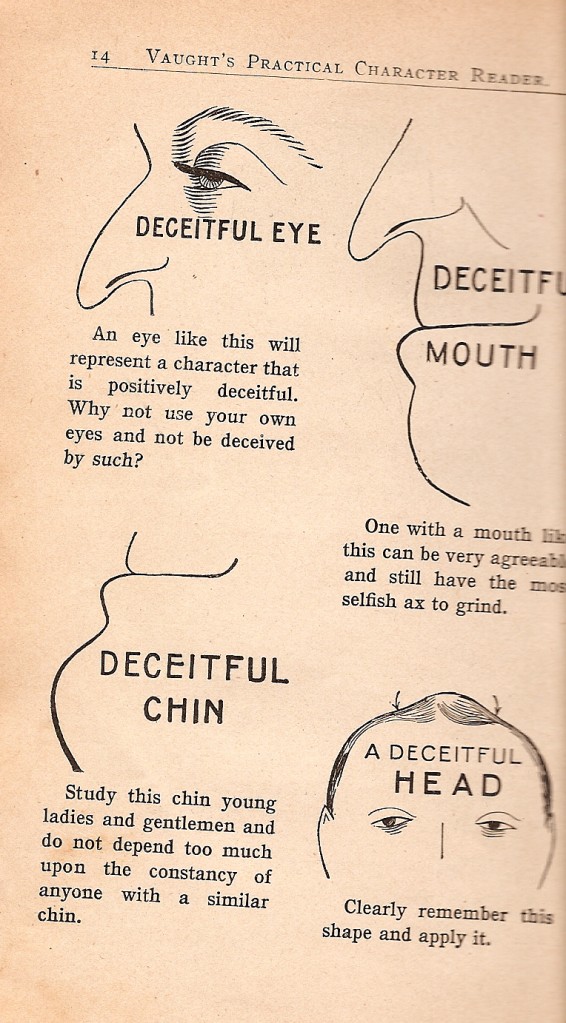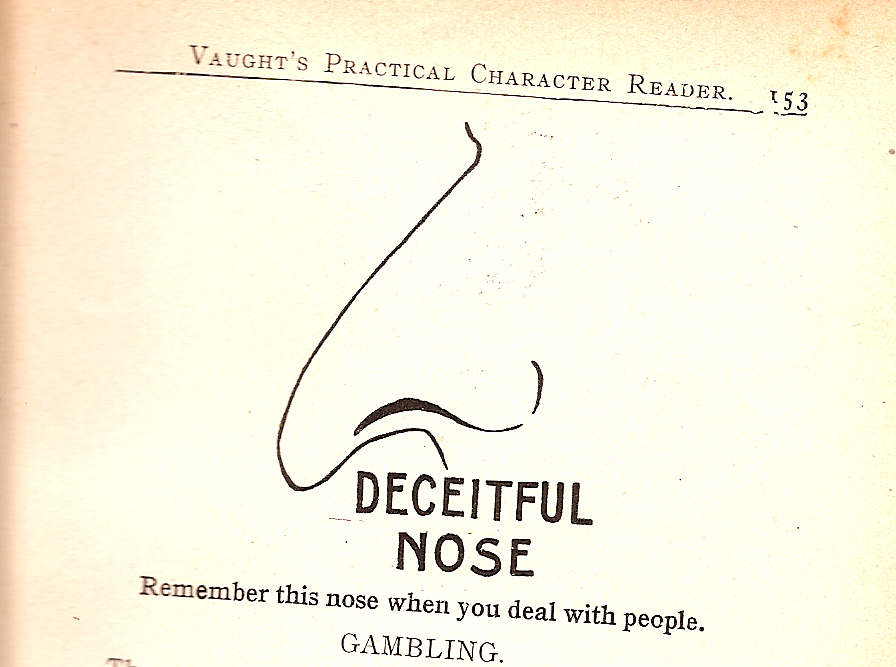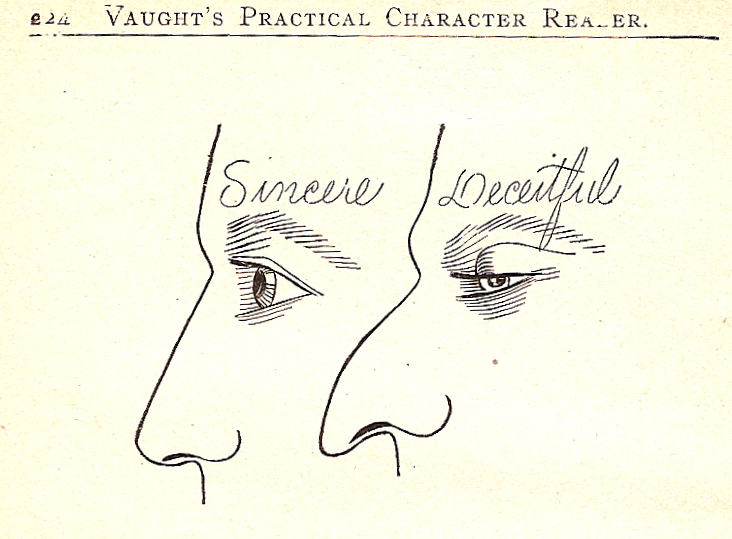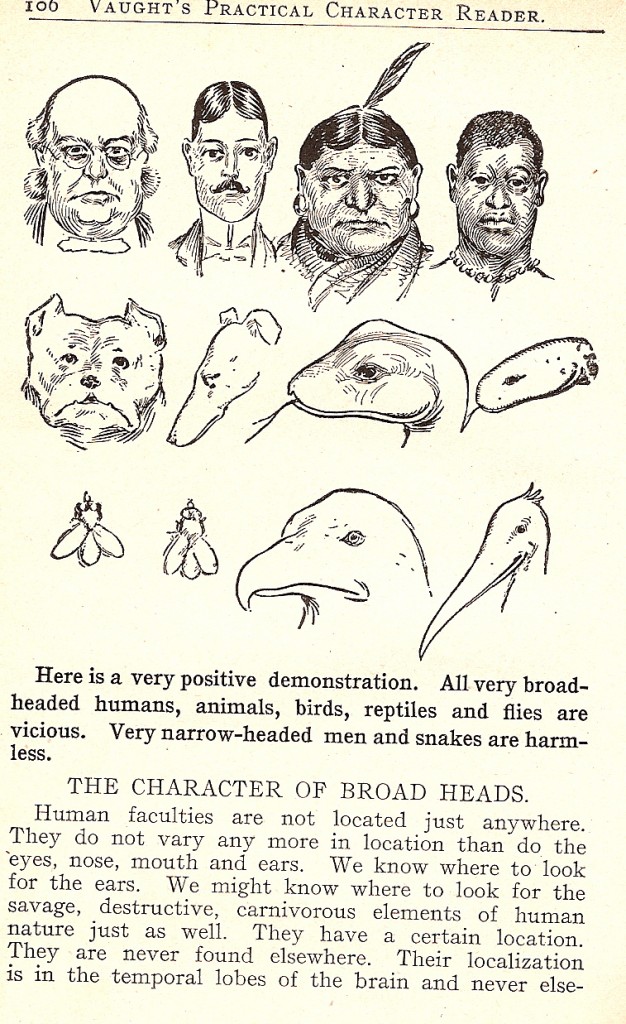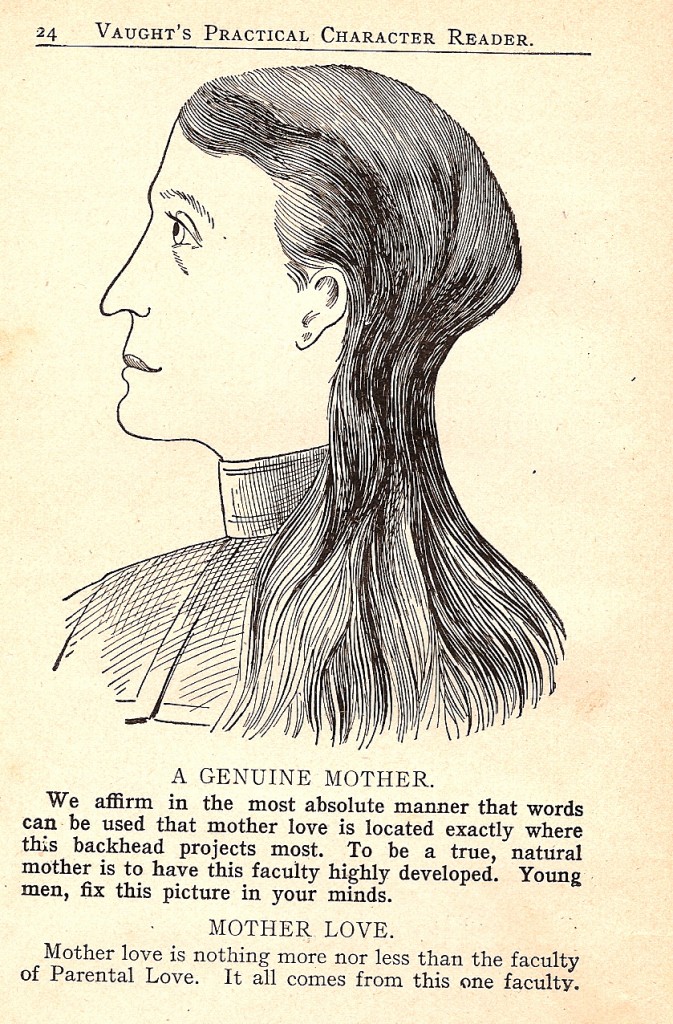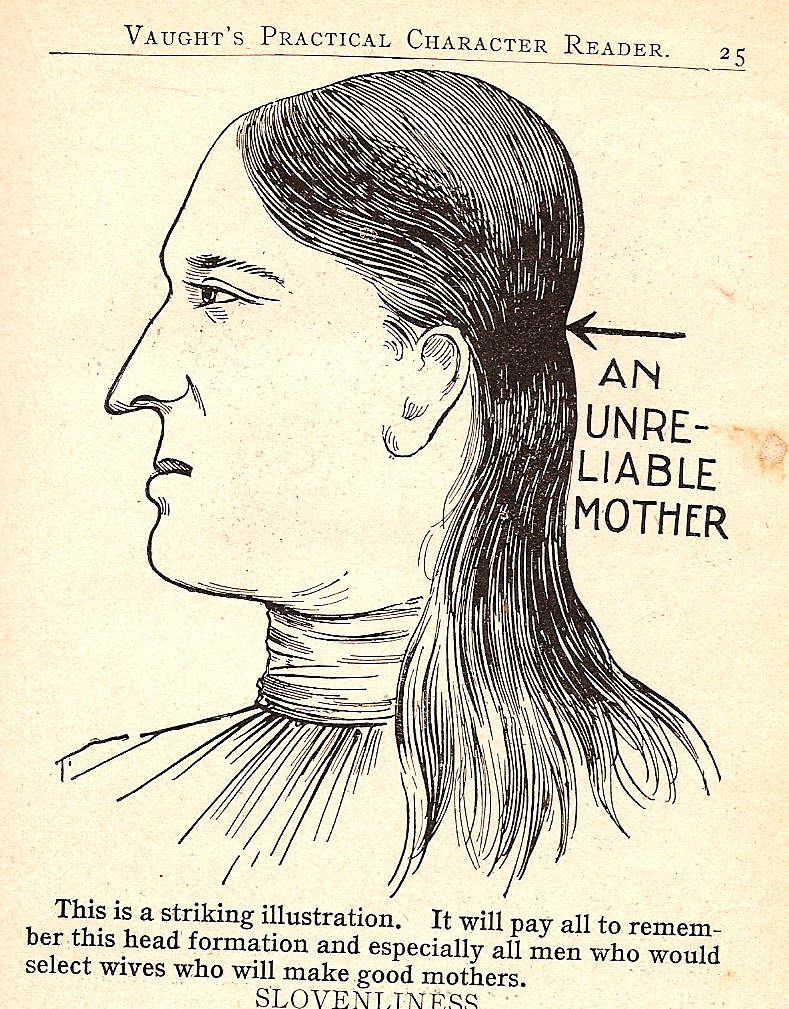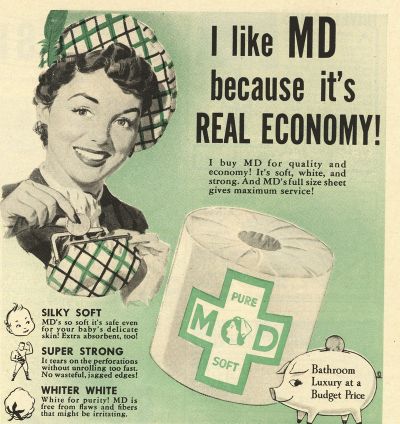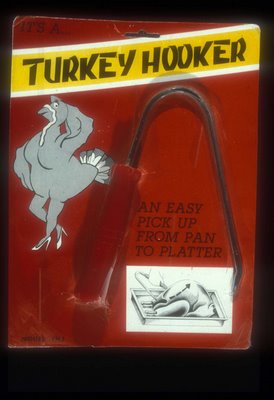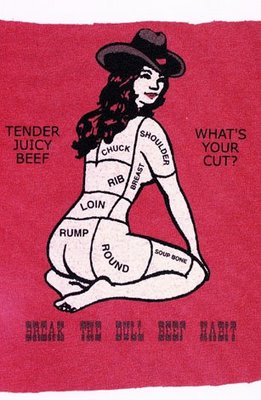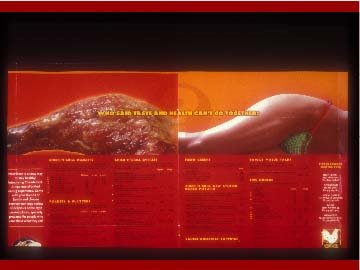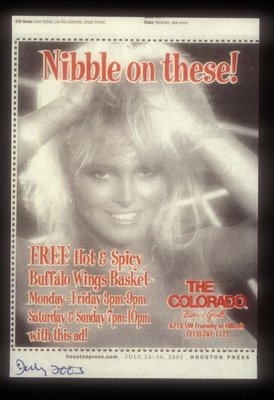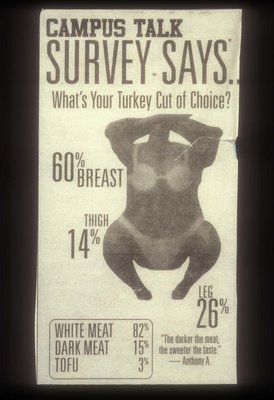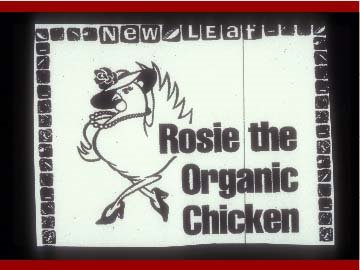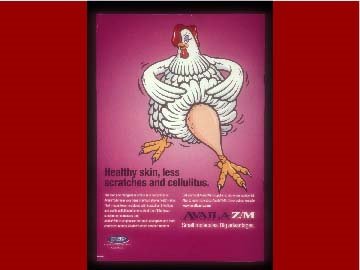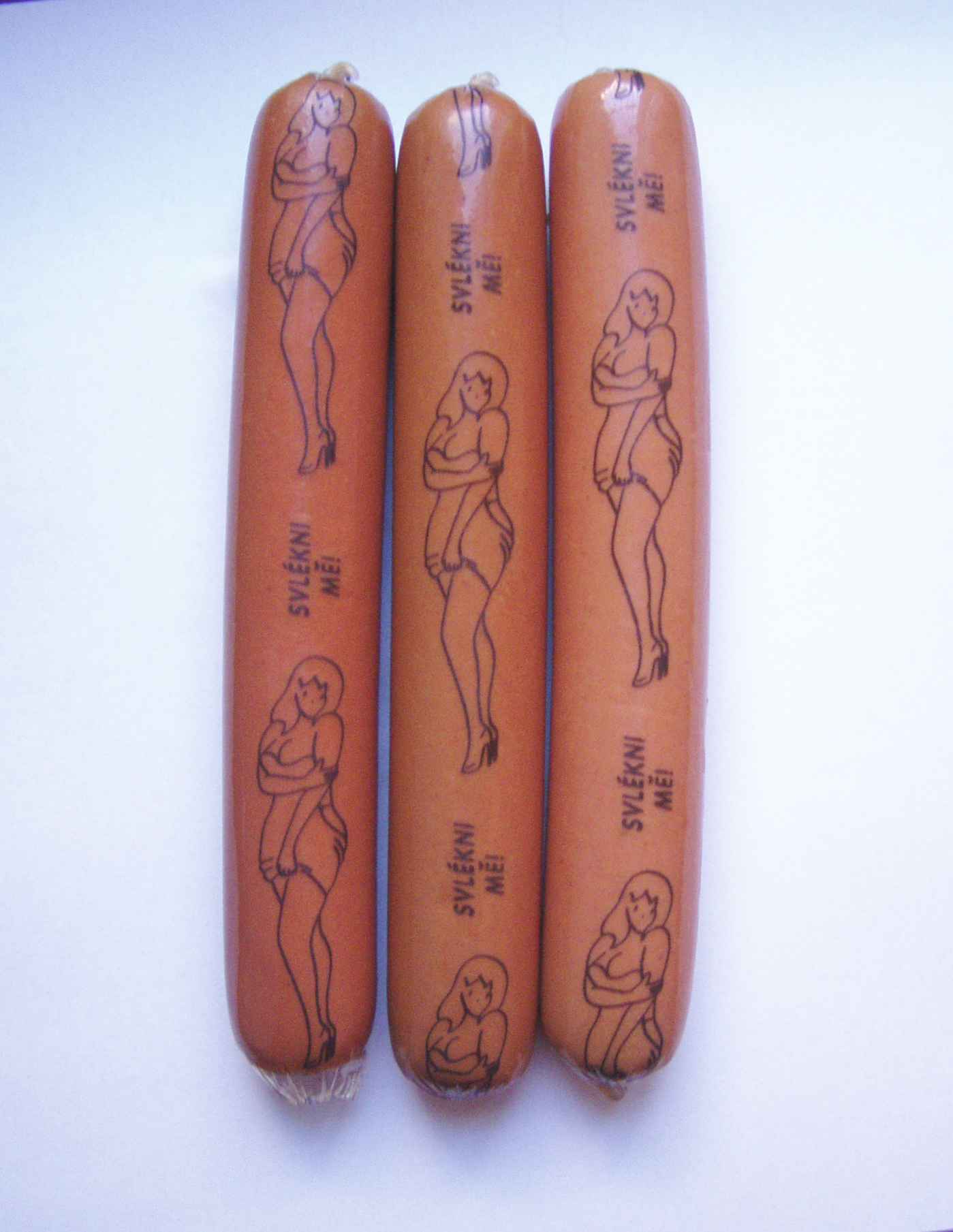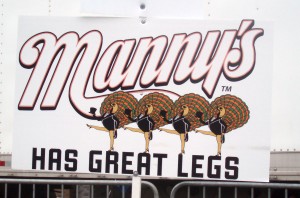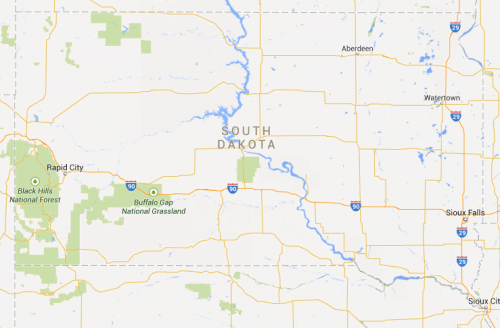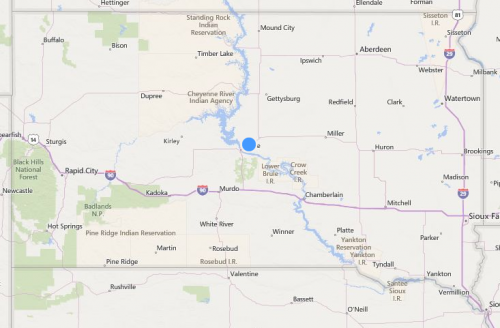Flashback Friday.
In an NPR segment, Professor Daniel Pauly discussed overfishing of the world’s oceans. In particular, populations of popular fish such as cod and bluefin tuna have dropped significantly (the increased global desire for sushi having a major impact on tuna).
So what’s a fishing industry to do as it becomes harder to find fish? Of course, they can go farther out into the ocean, or fish deeper into it, looking for populations of popular fish that haven’t been overharvested yet, and they did that. The other option? Switch to species of fish that haven’t been heavily fished yet, usually because they weren’t popular.
As a result, Pauly points out that in the past decade we’ve seen a number of formerly unpopular fish rebranded in an effort to make them seem more palatable.
So, for instance, the “slimehead”…
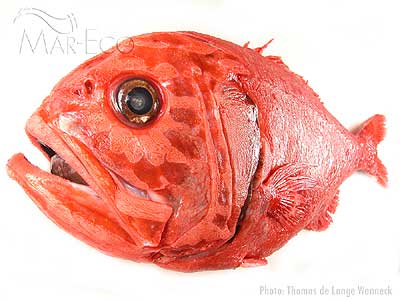
…becomes the “orange roughy.”
And the “Patagonian toothfish”…
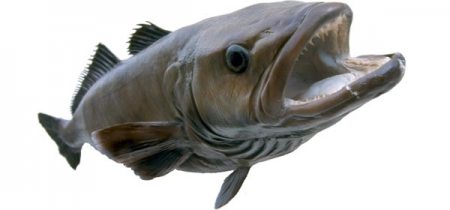
…is now the “Chilean sea bass” (which was subsequently depleted).
It’s a great example of rebranding; what’s especially interesting to me is that the reason for it is the collapse of so many popular fish populations. The fishing industry has to convince people to eat fish that were previously unappealing because it has largely destroyed the basis of its own existence.
Originally posted in 2009. For a different example of rebranding fish, see our post on PETA’s Sea Kitten campaign.
Gwen Sharp is an associate professor of sociology at Nevada State College. You can follow her on Twitter at @gwensharpnv.
